IV & Injection Production Line
Introducing the state-of-the-art IV & Injection Production Line from Qualipak. Revolutionize your manufacturing process through precision, efficiency and reliability. Our modern technology ensures uninterrupted production in conformity with international standards. Take your business a notch higher with Qualipak’s transformational approaches. Witness quality with every dose.
-
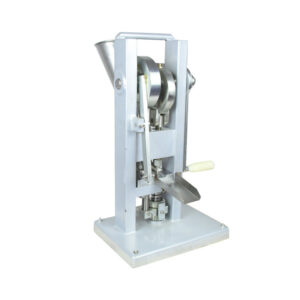
TDP-0 Single Punch Tablet Press
View Machines -
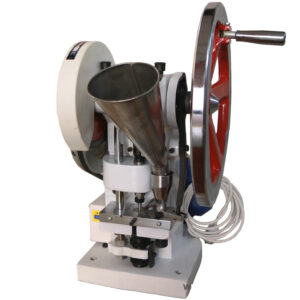
TDP-6 Single Punch Tablet Press
View Machines -
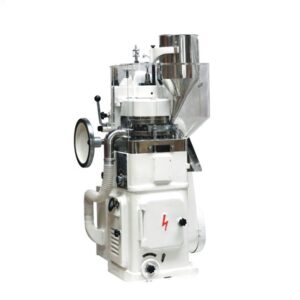
ZP17/19 Rotary Tablet Press
View Machines -
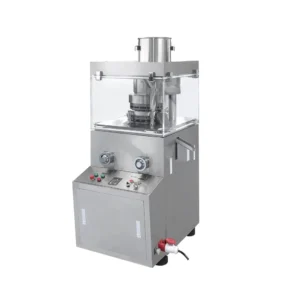
ZPW Rotary Tablet Press
View Machines -
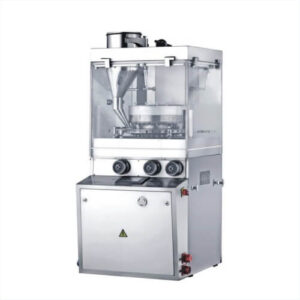
GZPL-680 Double Sided Rotary Tablet Press
View Machines -
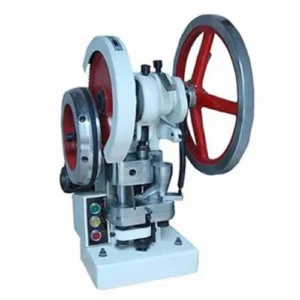
TDP-5 Single Punch Tablet Press
View Machines -
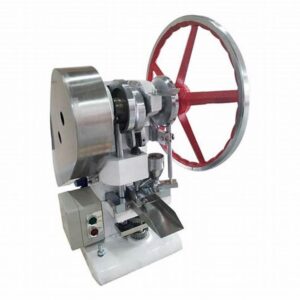
TDP-1 Single Punch Tablet Press
View Machines -
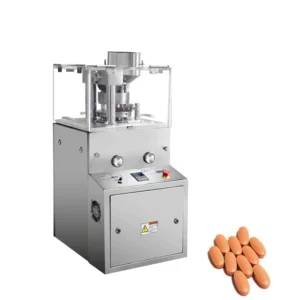
ZP11 Rotary Tablet Press
View Machines -
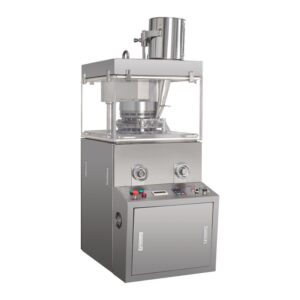
GW15D Rotary Tablet Press
View Machines
Introduction of IV & Injection Production Line
In modern healthcare, Intravenous (IV) therapy and injections are indispensable techniques for administering medication, fluids or nutrients directly into the bloodstream. IV & Injection Production Lines play an important part in ensuring that these vital medical interventions are accurate, sterile and consistently done. This is a comprehensive guide on IV & Injection Production line types, working processes, applications, functions, benefits, future trends maintenance and training.
Types of IV & Injection Production Lines
There are various types of IV & Injection Production Lines designed to suit specific health needs:
Automated Production Lines: These use cutting-edge robotic and automation technology to simplify the process of making intravenous solutions and injections. Automation guarantees precision and uniformity during production.
Semi-Automated Production Lines: These production lines combine automation with manual intervention thereby increasing flexibility in handling complex processes but still maintaining efficiency and accuracy.
Manual Production Lines: Although rare in contemporary facilities manual production lines require human input at every stage of the manufacturing process. While they offer flexibility, human errors may arise as well as inconsistencies.
Working Processes
The following steps constitute the working processes of IV & Injection Production Lines which are all critical for guaranteeing final products’ safety and effectiveness:
Formulation and Mixing: The process of producing an injection begins by formulating intravenous solutions or developing injectable formulations. Ingredients are measured and mixed by precise formulations.
Sterilization: To avoid contamination during IVs’ production as well as injections so that patients can be protected from exposure to germs; these production lines have sterilization methods such as autoclaving filtration or gamma irradiation among others that can remove any microorganism contaminations.
Filling and Packaging: Once prepared and sterilized, the solution or drug is filled into suitable containers like bags, vials syringes etc. Accuracy is essential here so that no leaks happen or air bubbles form but instead only the right dose goes into the body.
Labelling and Quality Control: Each product is labelled with essential information such as dosage, expiration date, and batch number. Quality control checks are made throughout the production process to identify any deviations from standards.
Applications
Medical practices of a wide spectrum utilize IV & Injection Production Lines for various purposes among them:
Hospital and Clinical Settings: IV solutions and injectable medications are commonly used in hospitals and clinics for various purposes, including hydration, medication administration, and anaesthesia.
Home Healthcare: Some patients receive home-based IV therapy or injections for chronic health conditions or ongoing treatments. Production lines are the sources of supplies that home healthcare professionals and patients need.
Emergency Medical Services (EMS): During emergencies like trauma or cardiac arrest, EMS personnel administer IV therapy as well as injections to provide life-saving drugs and fluids quickly.
Pharmaceutical Manufacturing: Pharmaceutical companies rely on IV & Injection Production Lines to manufacture large quantities of injectable medicines that they distribute to health facilities all over the world.
Functions and Benefits
IV & Injection Production Lines have several functions as well as benefits:
Precision and Accuracy: Automation ensures precise measurement and mixing of ingredients, accurate filling of containers, and consistent labeling minimizing risks associated with formulation errors or dosage inaccuracies.
Efficiency and Speed: By reducing the time taken by human beings to make intravenous solutions in addition to injections automated production lines shorten the duration for which these products reach out to end consumers thus improving productivity while reducing turn-around times.
In such a way, the highest standards of sterility and safety are maintained by which all IV solutions and injections are free from any contaminants thus reducing the risk of infection and adverse reactions among patients.
These costs include initial investments in automated assembly lines but are refunded over time due to increased efficiency, reduced waste, and minimized errors.
The availability of modern production lines allows for the formulation of various types of containers ranging from bottles to ampoules with different production volumes making it possible to meet varied healthcare demands or scale up production when the need arises.
Future Trends
The future is bright for IV & Injection Production Lines as technology advances and healthcare needs change:
IoT Integration and Data Analytics: Real-time monitoring of production processes, predictive maintenance, and data-driven insights contributing towards enhancing efficiency and quality control.
3D Printing: Personalized medicine 3D printing offers potential breakthroughs in producing tailor-made medical devices and drug delivery systems including individualized intravenous (IV) solutions as well as injections depending on unique patient requirements.
Advanced Sterilization Techniques: These alternatives to traditional sterilization techniques help enhance efficiency and safety in IV & Injection Production Lines. For example, cold plasma sterilization and vaporised hydrogen peroxide have been found useful in this regard.
Robotics & AI-assisted Manufacturing: Robotics and artificial intelligence increasingly automate complex tasks to improve precision, making better decisions during manufacturing operations which further optimizes efficiency along with quality in this area.
Green Manufacturing Practices: Such initiatives involve minimizing environmental impact through utilizing environmentally friendly materials energy saving technologies waste-reduction strategies by adopting sustainable practices within IV & Injection Production Lines worldwide.
Maintenance And Training
Maintenance as well as training are important aspects that ensure the reliability/safety/efficiency of the IV&Injection Production Line:
Periodic Preventive Maintenance: Scheduled maintenance protocols aim at inspecting cleaning calibrating equipment replacing worn-out parts addressing anything that undermines quality or halts workflow.
Technical Support And Troubleshooting: Timely resolution of equipment failures or performance issues is only possible if technical support as well as troubleshooting resources are in place.
Operator Training: They are taken through comprehensive programs on equipment operations safety rules quality checks and steps involved in fault finding, thus making them effective in their roles.
Continuous Improvement: This includes feedback from operators and other stakeholders, and production data analysis to identify process improvements and technology upgrades that will improve performance over time.
FAQs
What is an IV & Injection Production Line?
This is a specific production system used to make intravenous solutions and injectable medications with high efficiency and accuracy. These lines consist of multiple stages such as formulation, sterilization, filling, labelling and quality control.
How do IV & Injection Production Lines ensure safety and sterility?
IV & Injection Production Lines makes use of strict sterilisation protocols like autoclaving, filtration or gamma irradiation to remove any microbial contaminants. Moreover, throughout the production process, there are various quality controls implemented to check whether products are off standard so that they can assure safety and sterility for the final goods.
What are the benefits of automated production lines over manual ones?
Automated production lines offer advantages like greater exactitude, uniformity and effectiveness in comparison to the manual ones. Automation reduces the chances of error, minimizes labour costs, and increases productivity by harmonizing all processes while eliminating manual work.
- What are the main applications of IV & Injection Production Lines?
IV & Injection Production Lines are used for a wide range of medical applications including hospitals, clinics, home healthcare settings, emergency medical services (EMS) and pharmaceutical manufacturing. These production lines provide essential supplies needed for administering fluids, medications and nutrients directly into the bloodstream.
- How do IV & Injection Production Lines contribute to cost-effectiveness in healthcare?
IV & Injection Production Lines improve cost-effectiveness in healthcare through improved efficiencies, less waste and reduced errors. Despite a large initial investment in automated production line technologies long-term savings resulting from improvements in productivity as well as quality make these investments worthwhile.
- What are some future trends in IV & Injection Production Lines?
Future trends in IV & Injection Production Lines will include IoT integration along with data analytics for real-time monitoring as well as optimization; 3D printing being used to produce personalized medicine drugs; advancements in sterilization techniques; robotics and AI-assisted manufacturing; green manufacturing practices that protect our environment among other things.
- How important is maintenance in ensuring the reliability of IV & Injection Production Lines?
Maintenance is very important for ensuring that the reliability, safety and efficiency of these production lines are not compromised at any given time they will operate. Despite their complexity, scheduled maintenance protocols must be followed to avoid unnecessary downtime as well as ensure maximum output at all times.
- What type of training is provided for operators of IV & Injection Production Lines?
Operators who work on IV & production undergo extensive training programs covering equipment operations, safety procedures/protocols (including good laboratory practices), quality control process/manufacturing methodologies such as sampling plans or validation studies) and solving skills. This training enables the operators to perform their tasks efficiently thus ensuring that the production line’s operations are carried out effectively.
- How do IV & Injection Production Lines contribute to personalized medicine?
IV & Injection Production Lines, particularly those using 3D printing technology, have the potential to transform personalized medicine by enabling the fabrication of custom-made drug delivery systems for individual patients. This allows for more accurate dosing and better therapeutic outcomes or success rates.
- What measures are taken to ensure quality control in IV & Injection Production Lines?
In IV & production, quality control is ensured through rigorous testing of raw materials, ongoing monitoring of production parameters during processing and thorough inspection of final products before distribution. Deviations from established norms are promptly addressed so as not to affect the overall quality and uniformity of the end products.
